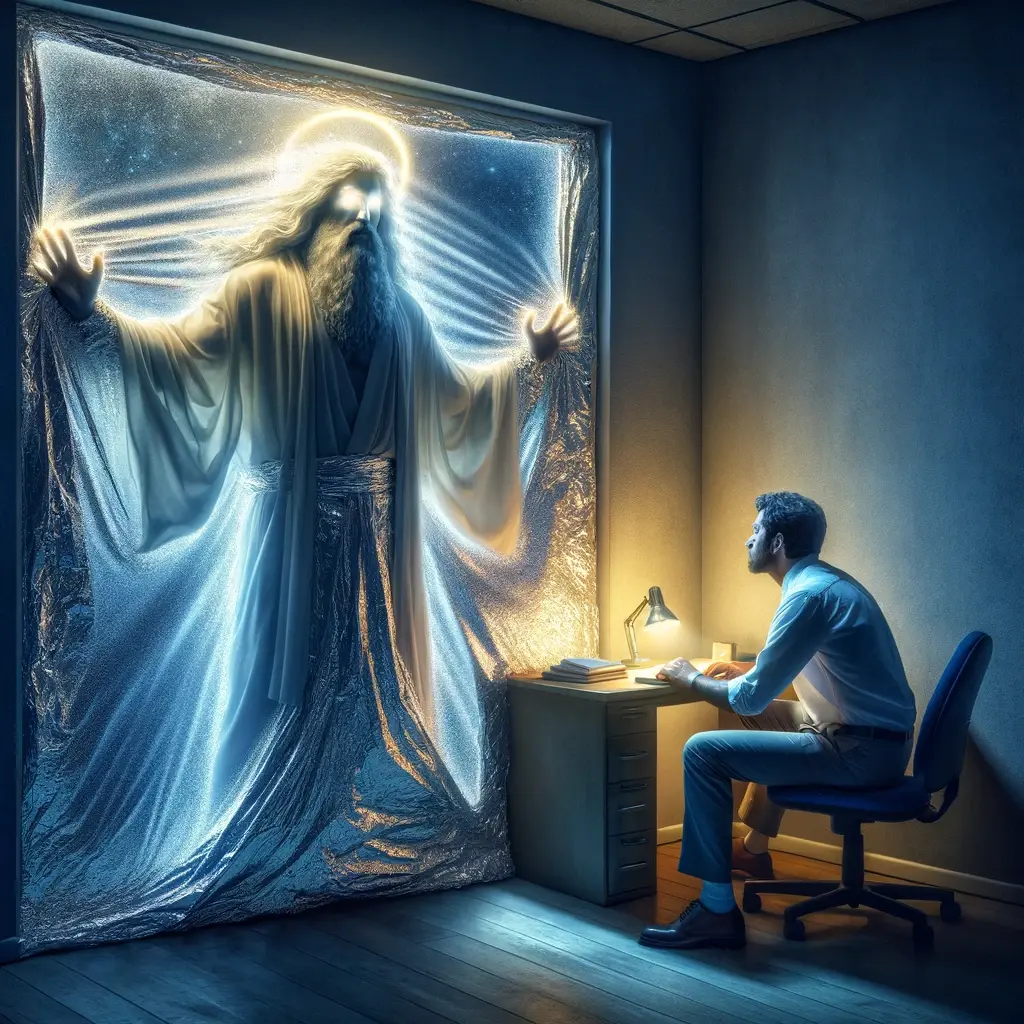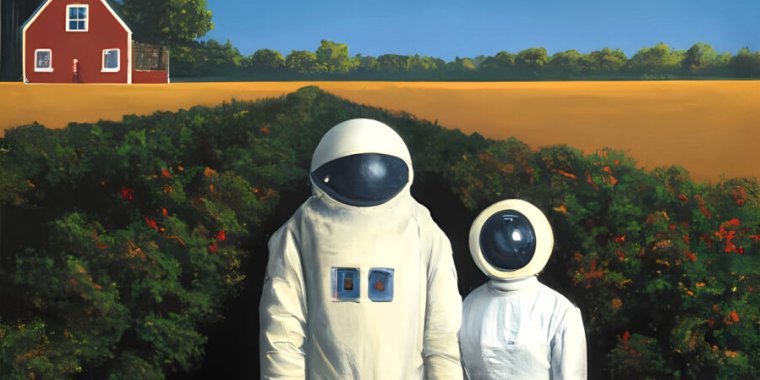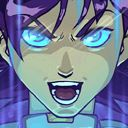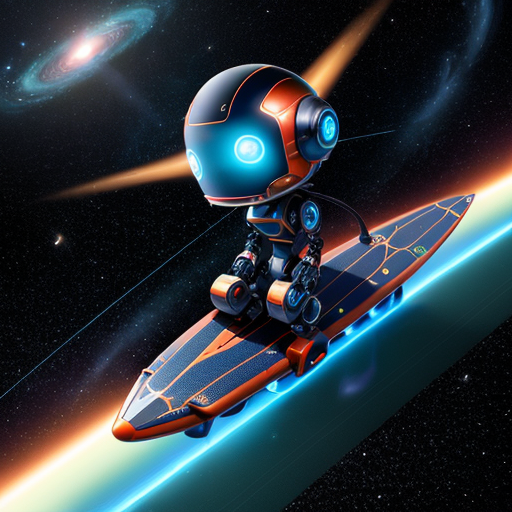Arstechnica, please point to a single friendship that started because of AI. I’m begging you, a single shred of evidence of even the tiniest friendship.
I got drinks a month ago with some people and we bonded over our shared hatred of generative AI.
Maybe they mean it in the sense of “forgery”. You know, as in “let people imagine what it is like to have friendships, by letting them make forgeries of their lives, but with friends in it” 🤪
I love generating nonsense images to go with the nonsense jokes my friends and I make. Or to add flavor images to weird things in our conversations.
Tinfoil protects from the rapture

The man with the Walmart tattoo

The fact that he has a Walmart tattoo, and a second tattoo that says “The man with the Walmart tattoo” just in case you couldn’t figure it out, is perfection.
Dude, same.
My buddy and I were talking about helldivers and they accidentally autocorrected beverage for vengeance so I had to prompt it

Awesome.
Stole art and cluttered social media.
Yeah, social media was in such a great state before Dall-E.
It’s almost as if a bad thing can get worse!
And that art wasn’t free for download
In other words, they’re shutting down Dall-E 2 because Dall-E 3 is better.
This is the best summary I could come up with:
When OpenAI’s DALL-E 2 debuted on April 6, 2022, the idea that a computer could create relatively photorealistic images on demand based on just text descriptions caught a lot of people off guard.
But for a tight-knit group of artists and tech enthusiasts who were there at the start of DALL-E 2, the service’s sunset marks the bittersweet end of a period where AI technology briefly felt like a magical portal to boundless creativity.
As early as the 1960s, artists like Vera Molnar, Georg Nees, and Manfred Mohr let computers do the drawing, generatively creating artwork using algorithms.
Despite these precursors, DALL-E 2 arguably marked the mainstream breakout point for text-to-image generation, allowing each user to type a description of what they wanted to see and have a matching image appear before their eyes.
When OpenAI first announced DALL-E 2 in April 2022, certain corners of Twitter quickly filled with examples of surrealistic artworks it generated, such as teddy bears as mad scientists and astronauts on horseback.
When OpenAI began handing out those beta testing invitations, a common bond quickly spawned a small community of artists who felt like pioneers exploring the new technology together.
The original article contains 716 words, the summary contains 195 words. Saved 73%. I’m a bot and I’m open source!






